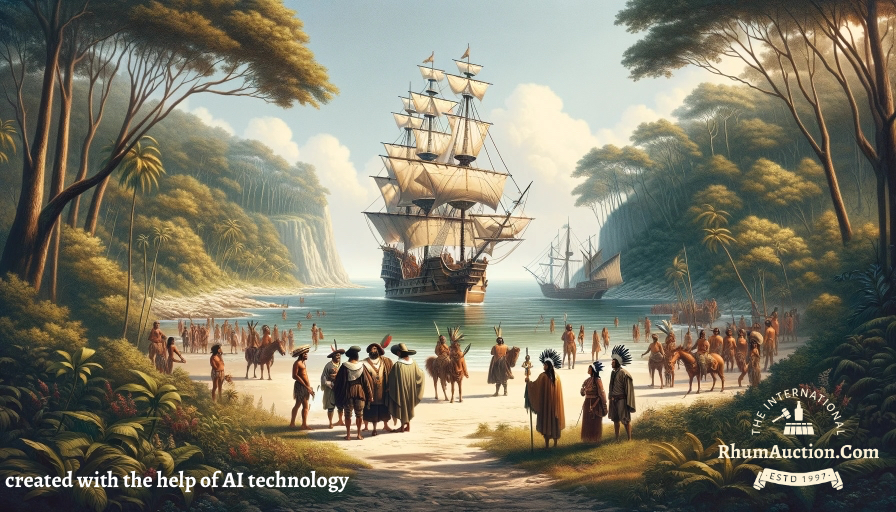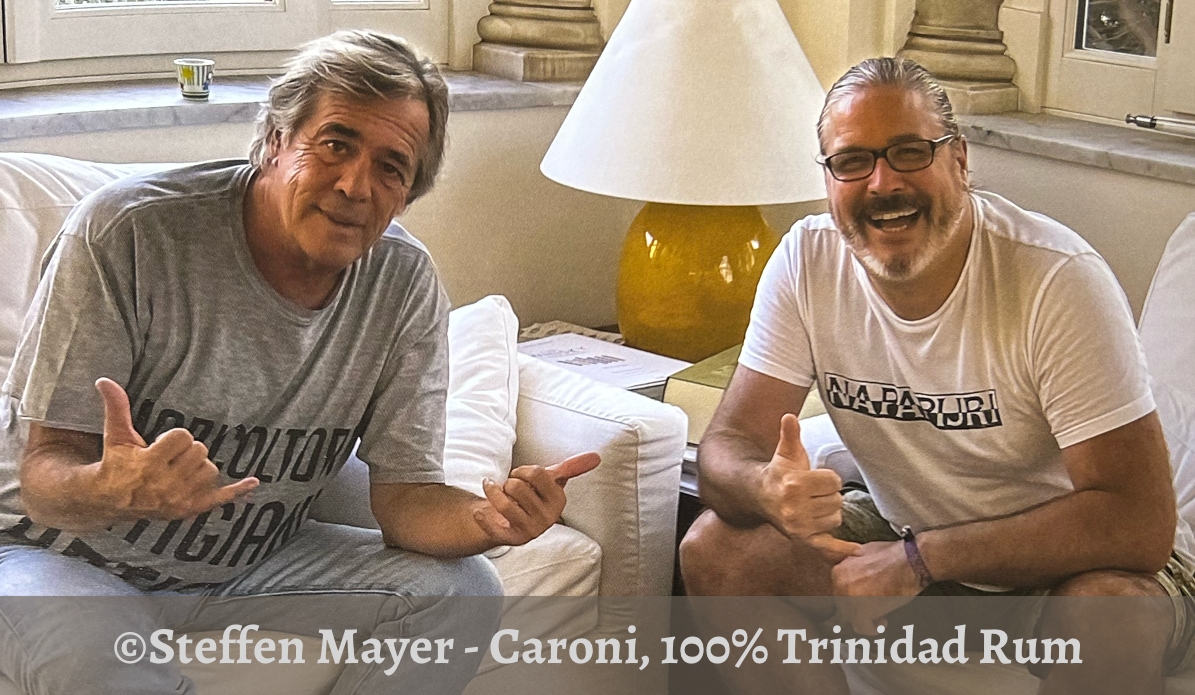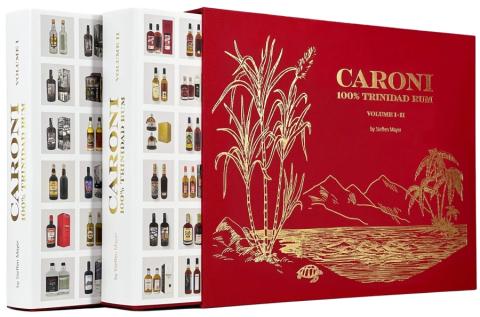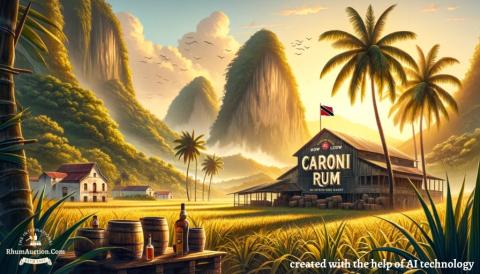Nestled in the southern Caribbean, Trinidad is a vibrant island with a history as rich and diverse as its culture. From the indigenous peoples who first inhabited its shores to the colonial powers that shaped its destiny, Trinidad's story is one of resilience, innovation, and the blending of cultures.
Indigenous Roots
The history of Trinidad dates back thousands of years, with evidence of indigenous peoples such as the Arawaks and Caribs inhabiting the island long before the arrival of Columbus. These early inhabitants lived off the land, fishing in the surrounding waters and cultivating crops like cassava and maize.
Discovery and Early Exploration

Trinidad's recorded history began in 1498 when Christopher Columbus, on his third voyage to the Americas, sighted the island. One of Columbus's sailors, perched high on the mast, spotted its three distinctive mountains to the west. In honor of the Holy Trinity, Columbus named the island "Trinidad."
Mistakenly believing he had reached India, Columbus referred to the indigenous people he encountered as "Indians." However, these inhabitants had already inhabited Trinidad for approximately 7,000 years, tracing their origins to migrations from Siberia to Alaska, then southward across the Americas, eventually settling in Trinidad after crossing the sea from Venezuela.
Columbus's encounter marked the convergence of European exploration with the long-established presence of indigenous cultures in the Caribbean, shaping the island's history in profound ways.
Colonial Influence

Trinidad's fortunes changed dramatically with the arrival of European colonizers in the 15th century. Spanish explorers were the first to lay claim to the island, establishing settlements and introducing sugarcane cultivation. However, by the 18th century, Trinidad had become a prized possession of the British Empire following a series of conflicts with the Spanish and French.
One pivotal moment in Trinidad's colonial history was the implementation of the "Cedula of Population de 1783." This decree, issued by the Spanish Crown, sought to address Trinidad's population shortage by offering land grants and incentives to attract settlers from neighboring islands and mainland South America. The influx of immigrants, including French planters, their enslaved laborers, and free people of color, reshaped the island's demographic landscape and laid the foundation for its multicultural society.
Under British rule, Trinidad continued to evolve as a melting pot of cultures and traditions. The British implemented policies to promote sugarcane cultivation, leading to the expansion of plantations and the growth of the island's sugar industry. This period of prosperity fueled Trinidad's economic growth and established it as a major player in the Caribbean sugar trade.
The Sugar Industry and Rum Production
Under British rule, Trinidad's economy flourished, fueled by the lucrative sugar trade. Sugarcane plantations dotted the landscape, and the island soon became synonymous with the production of fine rum. One of these many sugar factories was the Caroni Sugar Factory with operations officially beginning in 1888.

Situated on the fertile plains of central Trinidad, the factory quickly became a cornerstone of the island's sugar industry, processing vast quantities of sugarcane into raw sugar and molasses.
Consolidation of Sugar Production
Between 1896 and 1917, Trinidad experienced a period of consolidation in its sugar industry. This consolidation was driven by various factors, including technological advancements, changes in labor practices, and shifts in global market dynamics. Large-scale sugar estates began to acquire smaller plantations, consolidating land holdings and increasing economies of scale.
The Name "Caroni"
The name "Caroni" holds significance deeply rooted in Trinidad's history. It is derived from the Caroni River, a prominent waterway that meanders through the island's landscape. The river, in turn, was named by indigenous peoples long before the arrival of European settlers. "Caroni" is believed to be derived from the indigenous Arawak or Carib language, though its exact meaning and significance have been lost to time.
Caroni Rum Distillery
The roots of Caroni Rum Distillery delve deeper into Trinidad's history than its official establishment date of 1918 suggests. Even before the formal founding, a rudimentary rum production facility operated on the Usine Caroni estate, likely dating back to the early 19th century. This precursor to the modern distillery, built in Old Southern Main Road near Trinidad’s capital Port of Spain, was part of the integrated sugar plantation complex, utilizing locally available resources to process sugar cane into both sugar and rum. It wasn't until 1918 that the Trinidad Shipping & Trading Co Ltd, a subsidiary of Tate & Lyle, officially founded Caroni Rum Distillery, further solidifying its place in Trinidad's rum-making heritage.
Tate & Lyle's Influence
In the latter part of the 20th century, Tate & Lyle, a British sugar refining company, became a major player in Trinidad's sugar industry. Through acquisitions and partnerships, Tate & Lyle played a significant role in the operations of Caroni, providing expertise in sugar refining and distribution. Their involvement helped to modernize Caroni's facilities and expand its reach in international markets. In 1937 Tate & Lyle acquires majority stakes in Caroni Sugar Estate.
Challenges Faced by Caroni (1975) Ltd
Despite the government's acquisition of Caroni Ltd. and the establishment of Caroni (1975) Ltd. as a wholly state-owned entity, the company faced numerous challenges that hindered its profitability and long-term sustainability.
Management Issues and Lack of Mechanization
Poor management practices plagued Caroni (1975) Ltd., hindering its efficiency and productivity. The state-led management struggled to implement effective strategies for modernization and mechanization within the sugar factory and rum distillery. Additionally, concerns raised by workers unions regarding the potential impact of mechanization on employment led to delays in adopting new technologies and processes.
Increasing Competition and Market Challenges
Caroni (1975) Ltd. also grappled with intensifying competition from the US market, where large-scale sugar producers benefited from economies of scale and advanced agricultural practices. Trinidadian sugar producers, including Caroni, found it increasingly difficult to compete on price and quality in the face of this competition.
Financial Struggles and Lack of Profitability
These challenges, coupled with the legacy of poor management and the failure to modernize operations, meant that Caroni (1975) Ltd. struggled to turn a profit. Despite efforts to address operational inefficiencies and market challenges, the company continued to face financial losses, leading to mounting debts and a precarious financial position.
Closure and Legacy
Ultimately, the financial burden became unsustainable, and in 2003, Caroni (1975) Ltd. ceased operations, marking the end of an era for Trinidad's sugar and rum industries. The closure of Caroni (1975) Ltd. was met with mixed emotions, reflecting both the company's historical significance and the challenges it faced in the modern era.
The Role of Luca Gargano and Velier
Luca Gargano, born in 1953 in Genoa as the son of a liquor merchant, is renowned for his significant contributions to the appreciation and preservation of Caribbean spirits. While he did not found Velier, Gargano played a pivotal role in the company's evolution. Velier, an old company founded in 1947 by the Chaix family in Genoa, became a platform for Gargano to showcase his passion for authentic, high-quality rums and spirits. In 1983, Gargano acquired a 33% stake in Velier, setting the stage for his influential career in the rum industry.

The picture shows Luca Gargano and Steffen Mayer, the author of "Caroni - 100% Trinidad Rum"
In the early 1990s, Italy faced a deep economic crisis, prompting Luca Gargano to recognize an opportunity to bring something extraordinary from the sunny Caribbean to uplift spirits during challenging times. Despite the absence of a significant market for rum in Italy at that time, Gargano embarked on a bold initiative. Undeterred by the prevailing circumstances, Gargano flew to the Caribbean and embarked on a visiting tour to rum distilleries. His mission was to persuade Caribbean rum producers to entrust him as the importer for Italy, laying the groundwork for what would become a transformative endeavor.
Building Bridges
During his visits to rum distilleries, Gargano forged meaningful relationships with Caribbean producers, earning their trust and respect. His genuine passion for rum and commitment to promoting authentic, high-quality spirits resonated with distillers, paving the way for mutually beneficial partnerships.
Uncovering Caroni's Lasting Legacy
It was serendipity that led Luca Gargano to stumble upon the remaining stock of Caroni rum, a discovery that would reshape the course of rum history. In 2004, Gargano embarked on a journey to Guyana and Trinidad, accompanied by the late photographer Fredi Marcarini, in search of Caribbean spirits with untold stories.
Their visit to the Caroni Distillery in Trinidad initially left them disheartened. The once-thriving establishment now stood as a ghostly reminder of its former glory. However, fate intervened when they encountered a Trinidadian woman who revealed the hidden treasure within warehouse number one.
Gargano was awestruck as he gazed upon the vast quantity of 18,000 casks, each containing a piece of Caroni's illustrious history. These barrels, dating back to production years as early as 1974, had weathered the passage of time, silently preserving the essence of Trinidad's sugarcane legacy.
Amidst the backdrop of Caroni's closure in 2003 and the subsequent liquidation process, Rudy Moore, CEO of Rum Distillers of Trinidad, emerged as a pivotal figure. However, Moore's intention to sell the entire distillery, rather than just the stock, posed a significant hurdle, prolonging the negotiation process through four sells.
Despite the challenges, Gargano remained undeterred in his mission to secure Caroni's legacy. His unwavering determination and steadfast belief in the intrinsic value of Caroni's remaining stock propelled negotiations forward, ultimately paving the way for a new chapter in Caroni's storied history.
Remembering Caroni
Today, the legacy of Caroni lives on through the bottles of rum still cherished by collectors and enthusiasts. If you're passionate about adding a piece of Caroni's history to your collection, we invite you to explore the dozens of rare Caroni bottlings available in our current online Rum Auction.
- #1155: Full Proof HTR Caroni 1974
- #1167: Full Proof HTR Caroni 1994
- #1171: High Proof HTR Caroni 1994
- ....
Or just filter the whole Auction for Caroni bottlings.
These exceptional bottlings offer a glimpse into Caroni's storied past, with each bottle encapsulating a unique blend of flavors and history. Whether you're a seasoned collector or a rum enthusiast looking to start your journey, there's something special waiting for you in our auction.
Main Source
Mayer, Steffen. Caroni - 100% Trinidad Rum. The Spirit World, 2022.
CARONI - 100% TRINIDAD RUM
If you really want to delve deep into THE WORLD of Caroni, there's one book you can't go past: Steffen Mayer's book "CARONI - 100% Trinidad Rum" is hailed as the ultimate Caroni bible. In this work, the reader delves deep into the world of rum from Trinidad and learns everything worth knowing about this unique distillery. Meyer's expertise and passion for this subject make the book an indispensable companion for lovers of fine spirits and especially for those who appreciate the history and diversity of Caroni rum.
Image

You can order this fantastic book at our friends Armagnac.de


